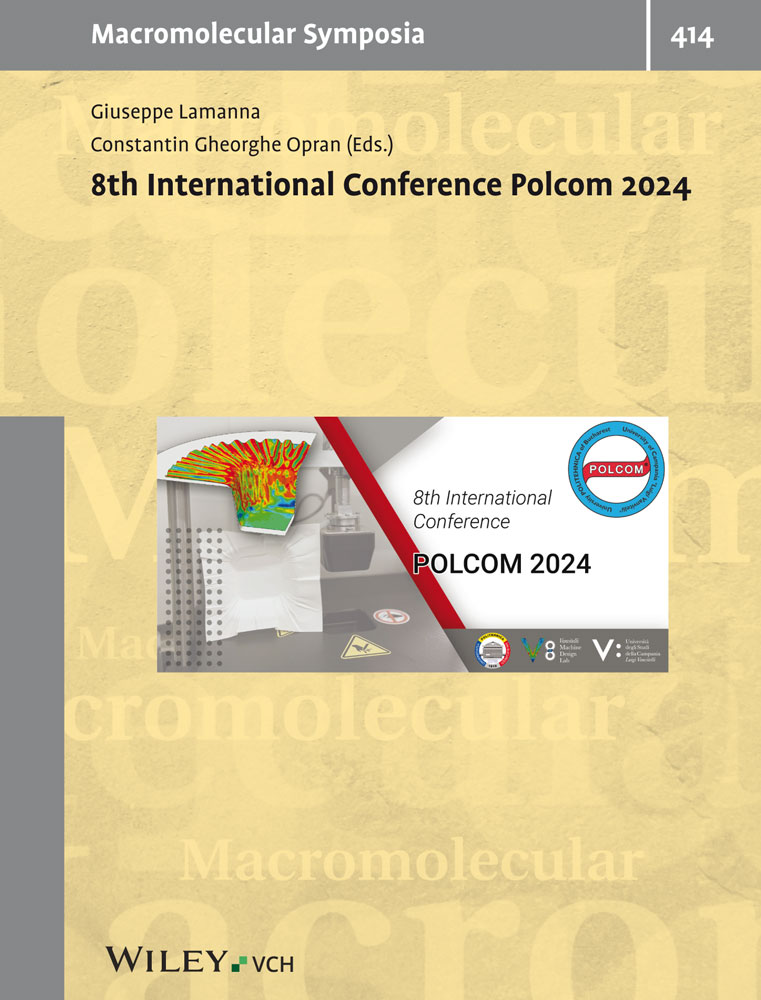Properties of poly(vinyl alcohol)-graft-polyacrylamide copolymers depending on the graft length. 2. Thermal properties in the bulk state
Abstract
Thermal behavior of poly(vinyl alcohol)-graft-polyacrylamide copolymers (PVA-g-PAA), so-called intramolecular polymer-polymer complexes (intraPC), with variable M̄ vPAA and constant average number N of grafts is considered in this report. Complete compatibility of PVA and PAA through hydrogen bonding is realized in the range of the graft lengths not exceeding some critical value. The content of adsorbed and trapped water in graft copolymers reflects some features of PVA-g-PAAN structure depending on the graft lengths. The first thermal decomposition region in air for copolymers begins at higher temperatures with growing M̄ vPAA, but the total destruction interval reduces. Formal kinetic decomposition parameters of the first decomposition stage appear to be the largest for the PVA-g-PAA with the largest quantity of H-bonds between the main and graft chains. Chemical transformations in graft copolymers, PVA and PAA during thermal decomposition are discussed.




